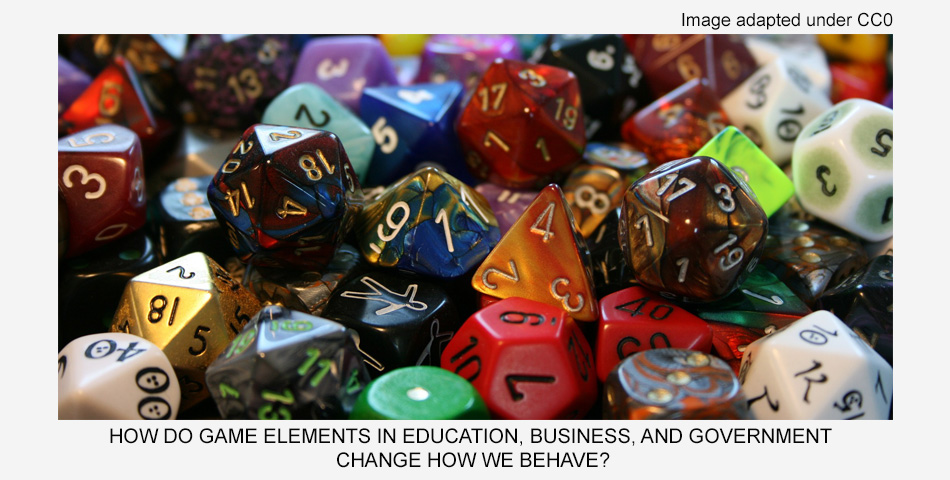
There are many reasons why businesses should love gamification as much as users love games. As the retention and engagement-crisis increases and the attention span constantly decreases, gamification can act as a remedy. When a brand needs to drive user-engagement, motivate employees, increase sales, collect data, change a certain behavior or solve a business problem– well-structured gamification can act as a “magical wand” in all cases.
The term “gamification” was coined in 2002 by Nick Pelling but didn’t become popular until 2010. Simply defined it is the use of game elements in a non-gaming context to drive user engagement, loyalty and motivate the desired action. Games are one of the most powerful behaviouristic motivators and anyone can enjoy games if given the right reason to do so.
I am a big gamification lover–not only because I have studied its implications but more because of I have witnessed its power on my business achieving astonishing results–from increasing new registered users up to 600% monthly to increasing sales, driving user-engagement and motivating my team. Gamification can be applied externally (for marketing purposes in general), internally (for motivating and engaging employees) and for chaining certain behavior and/or habits by any organization in any given industry.
I had the opportunity to meet two famous experts on the topic of gamification, who I was very happy to bring as speakers at conferences I chaired in my small country–Macedonia where gamification is not yet very well-known to brands. They are both authors of books on the topic of gamification, both have delivered Ted Talks and both have worked on gamification strategies for various brands.
I asked them on their take on a few things: the framework they use for designing gamification solutions, which industry they see gamification making the biggest change, what are the gamification trends in 2019 and their favorite best-in-class gamification solution.
– Gamification trends to watch for in 2019
“Gamification in 2019 is making its way into areas that have been somewhat hesitant to embrace it. These include politics and civic institutions. This coincides with the beginning of the 2020 US political campaigns.”
Chou’s take is from a different perspective. He says that gamification will “go deeper” as marketers will seek for ways to make the desired behaviors enjoyable instead on stimulating action solely with rewards and gifts. “In 2019, gamification is becoming more mature, and we are seeing a shift from Extrinsic Motivation design (rewards and incentives) to Intrinsic Motivation Design (making the tasks actually enjoyable). This is important because rewards and incentives can motivate a person to start doing a set of actions, but it doesn’t last long without continuous dangling of a carrot. Intrinsic Motivation ensures long term motivation because doing the task itself feels meaningful and rewarding.”
– In what industry can gamification make the biggest change?
These include fields like Healthcare, Education, Finance, Wellness, and Corporate Governance. It can also a make big impact in fields that are extremely competitive and organizations need to differentiate in order to survive. This includes eCommerce, retail, entertainment, and mobile apps.
“Anywhere that consumers or employees are distracted or disconnected from their goals and objectives. This has the most profound effects on public safety, politics, education and health.”, says Zichermann.
– The best-gamified solution you have seen so far?
“Best is very challenging to choose. Apps like Duolingo have helped millions. The gamification app I’m most proud of working on was last year’s political game “This is Not a Game: The Game” which I co-created with Samantha Bee (host of full frontal). We had hundreds of thousands of people playing a political trivia game to increase their democratic participation. It was awesome.”
– Gamification design framework you use?
Gabe Zichermann says they use their own framework at Dopamine. “We developed our own framework because we were the first group doing gamification design of the type we think of today. It’s based on a number of different approaches but is rooted in a decade’s experience.”